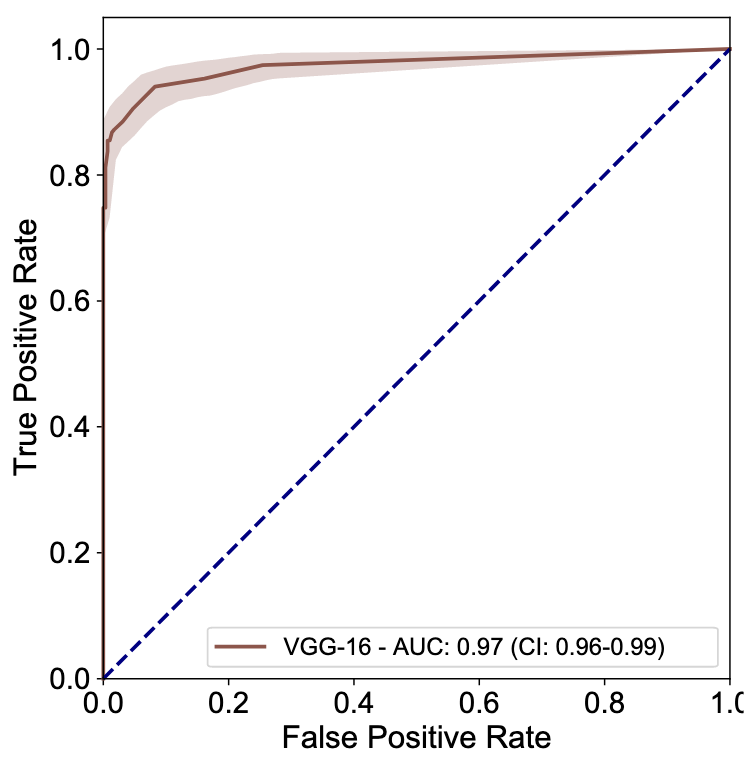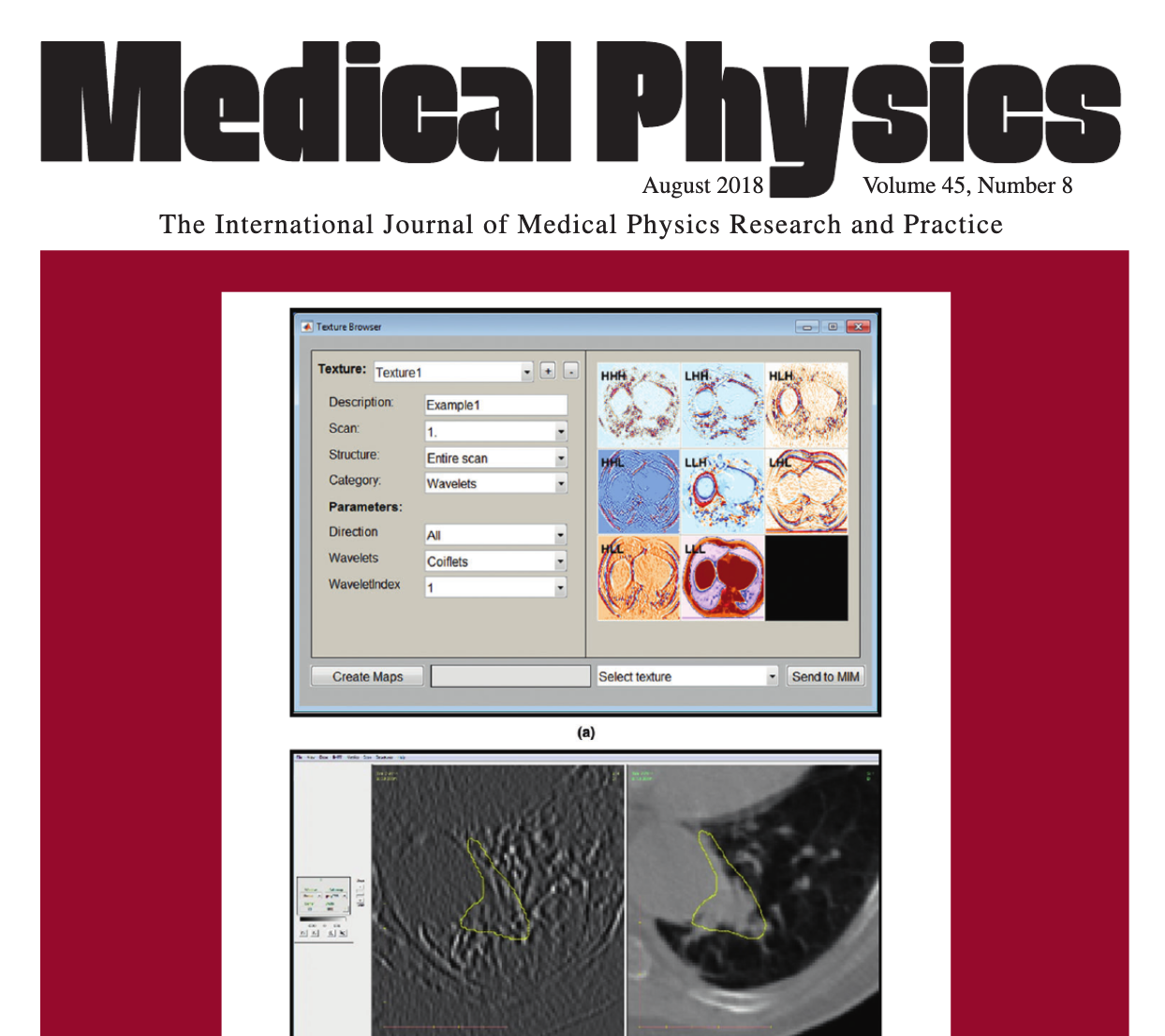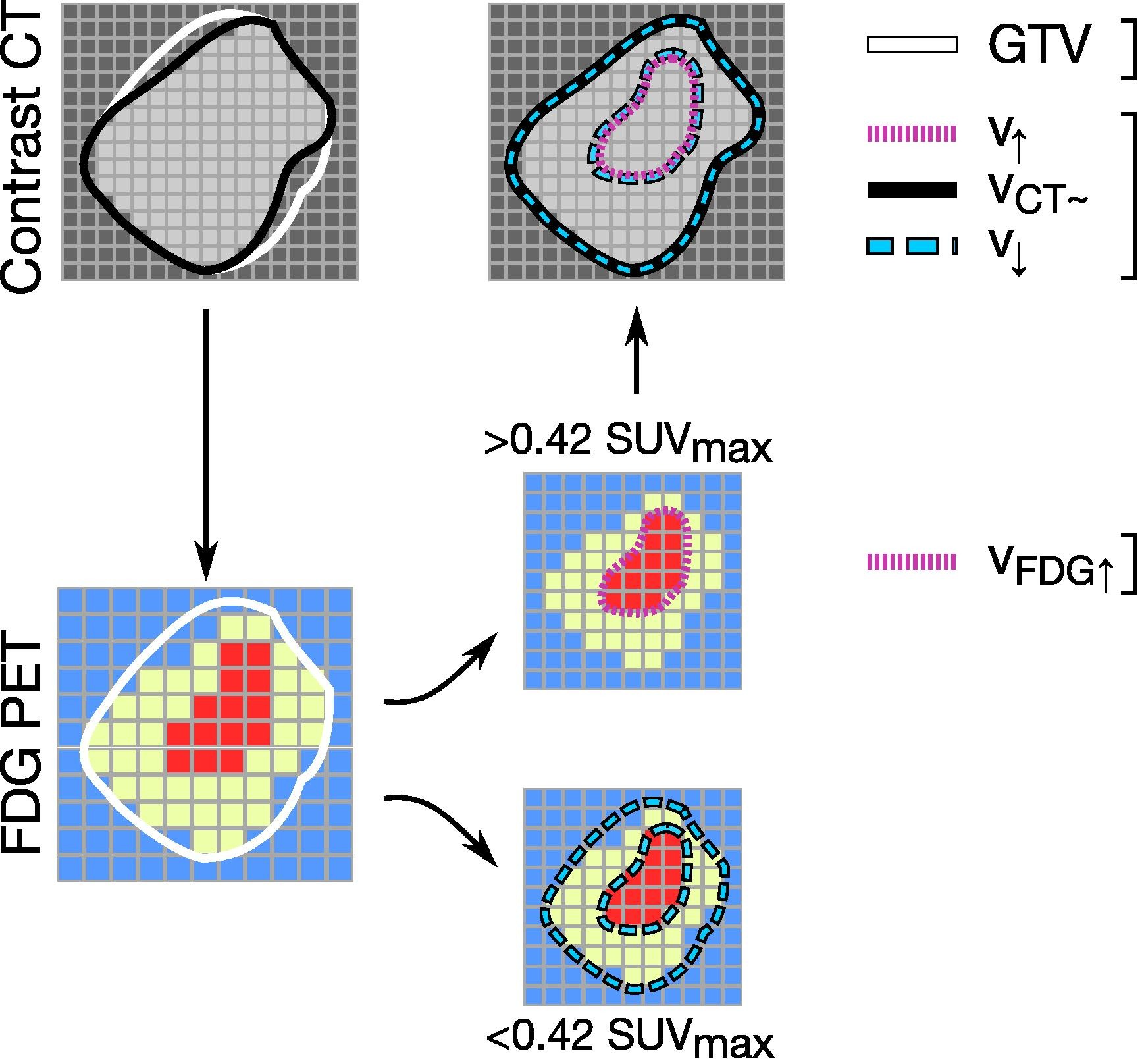Predictive Modelling
Solving the complexity problem
As the amount of data available for clinical decision-making increases, so does the complexity of the decision-making process itself. Computational approaches to predictive modelling are often obscure, or detached from the questions that are clinically relevant. In addition to that, some data sources such as imaging are currently under-utilised, but could be critical to understand patterns of response and to give context to all other sources of data in integrated models. This is particularly important for diseases like ovarian cancer, which is highly heterogeneous, often multi-focal, and has typically a poor prognosis.
We develop models to predict clinically meaningful features or response parameters that can help us improve patient care. For example, we recently developed a machine learning framework based on CNNs to automatically detect Barrett's oesophagus, a precursor lesion for oseophageal cancer [Nature Medicine]. We have also developed tools to extract radiomics features from medical images [Medical Physics], which we have applied to a variety of questions, for example predicting hypoxia using a combination of CT and PET scans [Radiotherapy and Oncology]. Our current work focuses on building predictive models that integrate not just radiomic data but also other sources of information about the patient.



